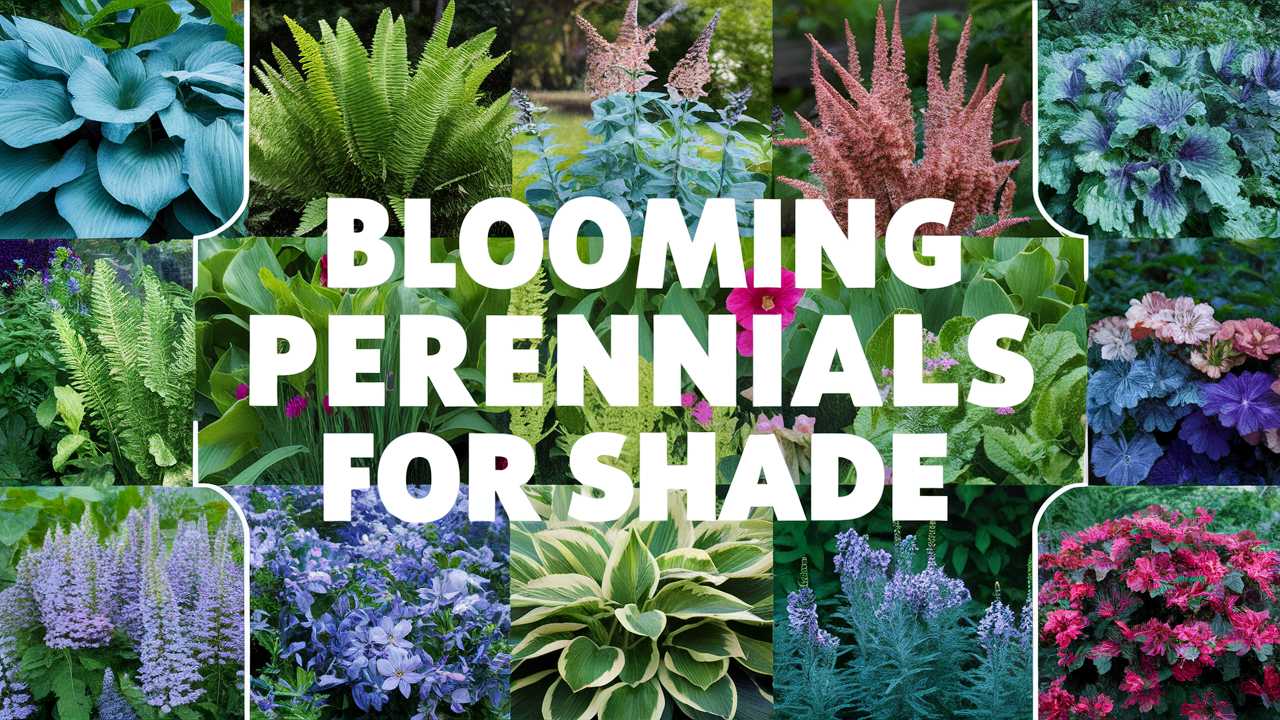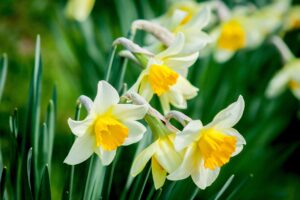In this guide, we’ll explore a variety of perennials that not only survive but flourish in shade, providing you with delightful blooms and valuable insights on their characteristics, care, and growing conditions.
Helleborus Niger (Christmas Rose)
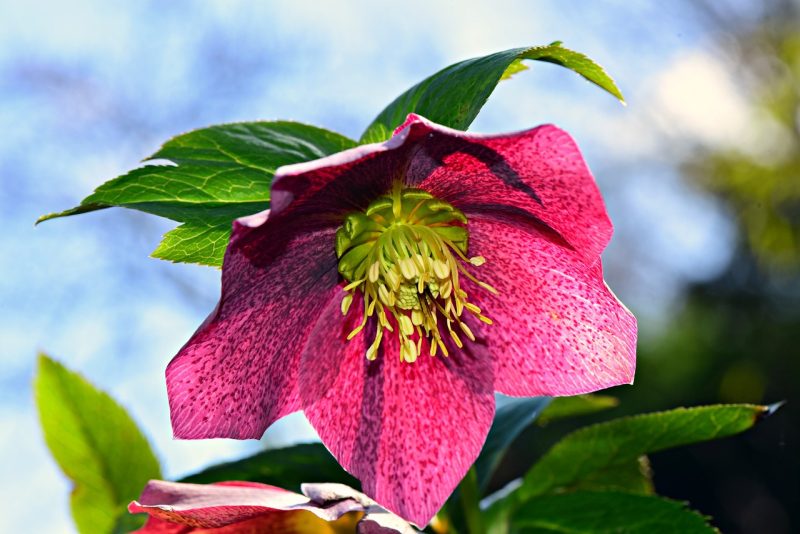
This stunning perennial, with its beautiful flowers that bloom in late winter or early spring, is a winter marvel. Hellebore prefers dappled or partial shade and develops lush, evergreen foliage that remains attractive year-round. The blooms come in shades of white, pink, and green, making them perfect for early-season arrangements.
Care Tips: Water regularly but avoid soggy soil. Fertilize lightly in spring to encourage growth.
Astilbe

Astilbe offers incredibly feathery plumes that bloom in shades ranging from white to deep red. This perennial not only brings color but also helps establish a lovely texture in the garden. They enjoy moist soil, which makes them ideal for shady spots particularly near water features or in hybrid gardens.
Care Tips: Ensure they receive consistent moisture and consider mulching to maintain soil hydration.
Brunnera macrophylla (False Forget-Me-Not)
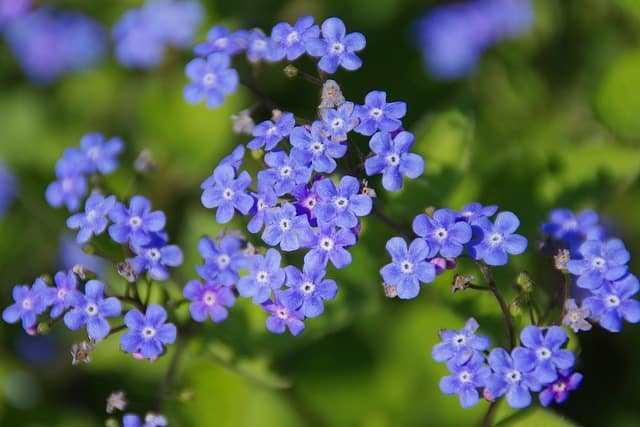
Known for its striking, heart-shaped leaves and charming blue flowers, Brunnera thrives in full to partial shade. Often mistaken for the true forget-me-not, its brilliant blooms in spring instantly light up the shadiest spaces.
Care Tips: This plant is relatively low-maintenance, but watch out for slugs. Maintaining good airflow around the plant can help prevent infestations.
Pulmonaria (Lungwort)

With its unique spotted foliage and clusters of bright blue or pink flowers, lungwort is a wonderful addition to any shade garden. This perennial prefers rich, moist soil and is often one of the first plants to bloom in spring, providing a burst of color just when you need it.
Care Tips: Lungwort appreciates organic mulch, which can help retain moisture and suppress weeds.
Heuchera (Coral Bells)
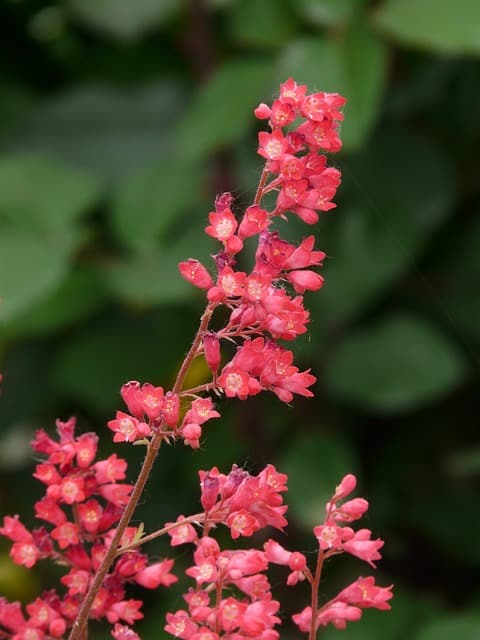
Heuchera has gained popularity in recent years due to its vibrant foliage colors ranging from deep purple to bright lime green. Though primarily grown for their stunning leaves, they also produce delicate flower spikes adorned with tiny blooms in summer, creating a visually appealing display throughout the season.
Care Tips: These plants thrive in well-drained soil and appreciate some morning sun filter but prefer their roots to remain cool.
Tiarella (Foam Flower)
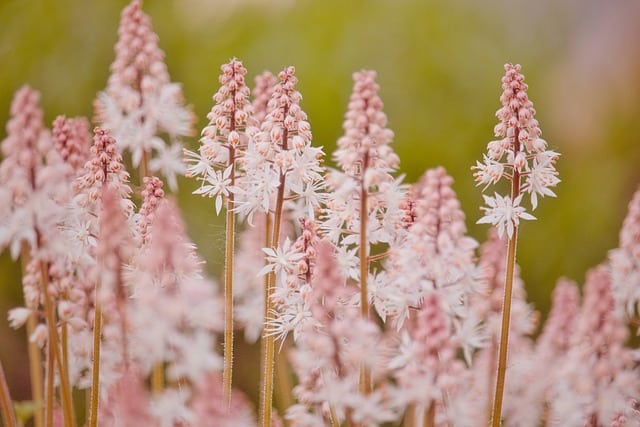
This perennial adds a delightful texture to shaded areas, with its frothy flower spikes reaching upwards amidst attractive foliage. Tiarella showcases small, star-shaped blooms that are primarily white or pink and are known to attract pollinators.
Care Tips: Keep these plants in consistently moist conditions and opt for rich, organic soil to witness their full splendor.
Dicentra Spectabilis (Bleeding Heart)
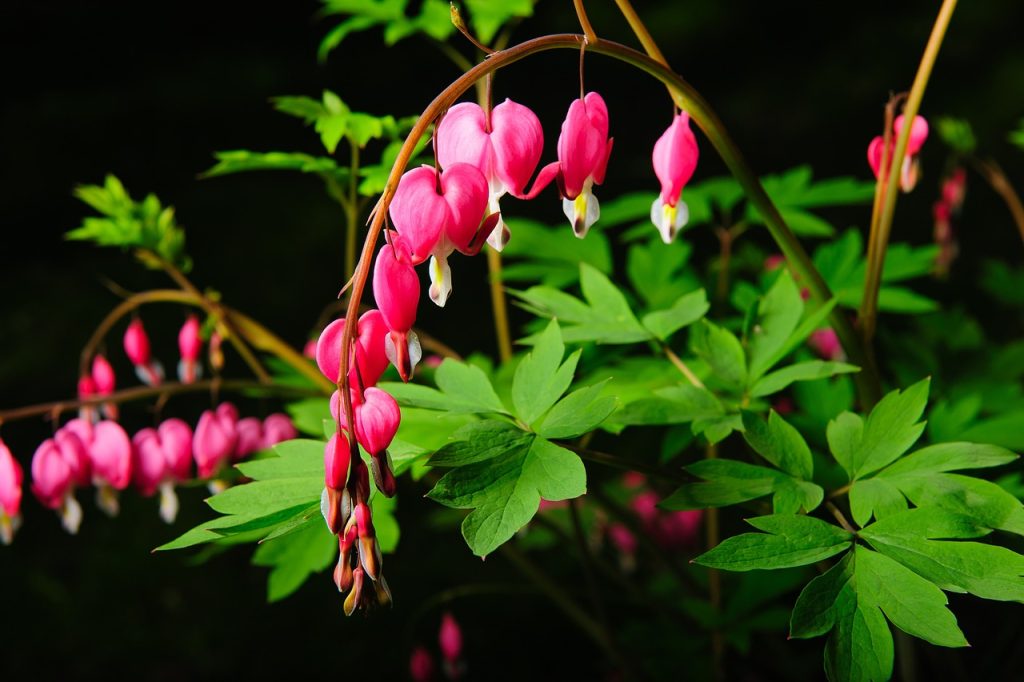
With its heart-shaped flowers hanging delicately from arching stems, Bleeding Heart is a classic choice for shade gardens. The blooms can range from white to vibrant pink, offering romantic aesthetics. This perennial is deciduous, fading back in the heat of summer, yet it puts on a striking show in spring.
Care Tips: Keep soil moist but well-drained and avoid excessive sunlight to prevent wilting.
Epimedium (Barrenwort)
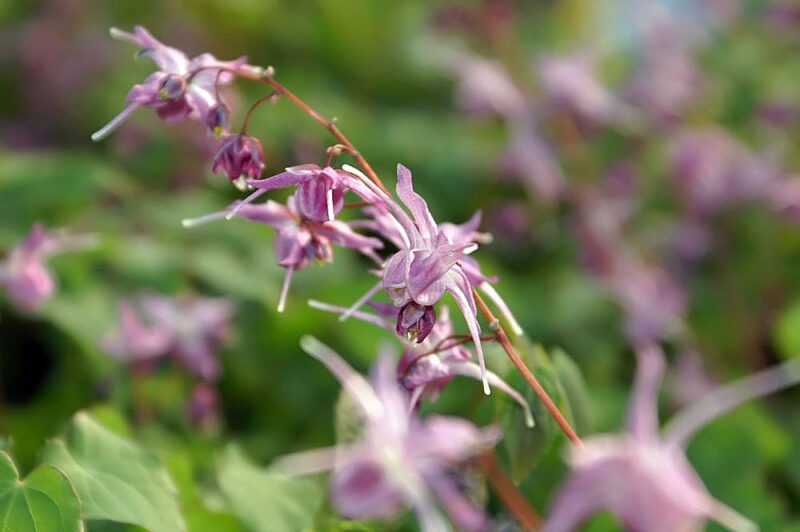
Known for its drought resistance, Epimedium has heart-shaped leaves that turn vibrant colors in the fall. Its delicate flowers bloom in spring, exhibiting hues of yellow, pink, or purple, making it a valuable addition to shaded spots.
Care Tips: Thrive in well-drained soil; consider adding organic matter to encourage blooming and protect the roots in winter.
Lamium maculatum (Spotted Dead Nettle)
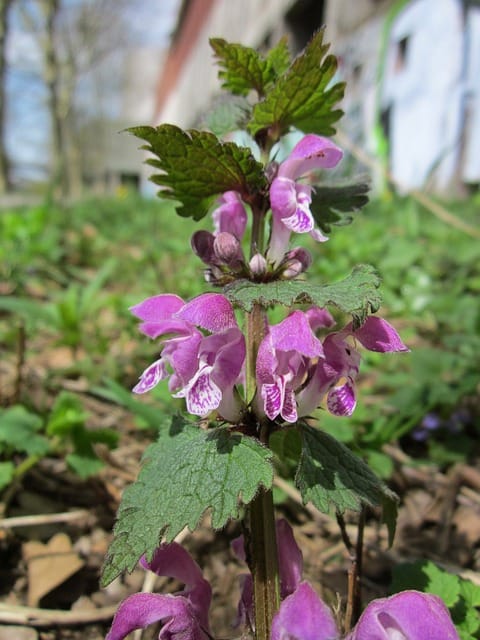
This ground cover perennial boasts extraordinary foliage with silver and green variegation, making it particularly attractive. It produces small, tubular flowers, usually in purple or white, which can add a splash of color during late spring and summer.
Care Tips: Lamium tolerates a variety of soil conditions but thrives in moist, well-drained soil. It’s ideal for filling in gaps in shady areas.
Hydrangea (Hydrangea macrophylla)
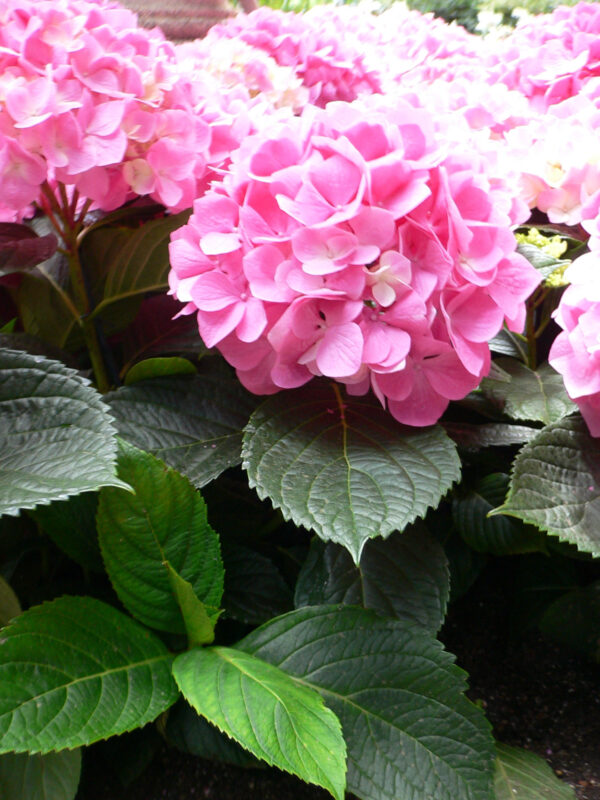
Though traditionally considered a shrub, certain hydrangeas can be used as perennials in shaded settings. Their lavish, showy blooms can transform any dark corner into a flourishing oasis. Depending on soil pH, the flowers can range from blue to pink, providing exciting versatility.
Care Tips: Mulching is essential to keep the roots cool, and ensure sufficient water throughout the growing season for optimal flowering.
Pulmonaria (Lungwort)

Renowned for its unique foliage, lungwort features eye-catching spots and clusters of bright flowers, often blue, pink, or white. Early spring bloomers, they provide color when few other plants are flowering, making them a reliable choice for shade.
Care Tips: Thrives in rich, moist soils. Regular watering helps maintain its vibrant look.
Acanthus mollis (Bear’s Breeches)
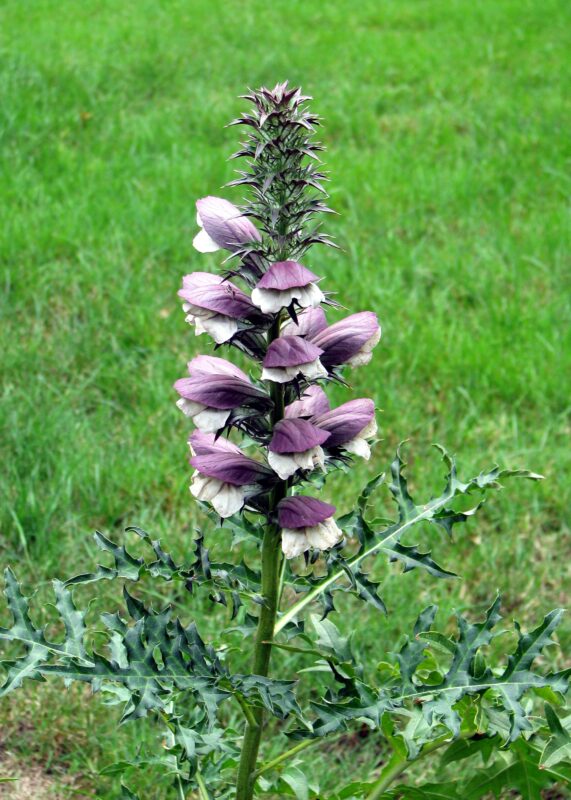
Bear’s Breeches is notable for its distinctive foliage and tall flower spikes. With large, lobed leaves that can reach impressive sizes, this perennial is a focal point in any garden. The unique flower spikes bloom in mid-summer, showcasing white or purple flowers.
Care Tips: Best suited for rich, well-drained soil. Regular watering is crucial, especially in hotter climates.
Anemone hupehensis (Japanese Anemone)
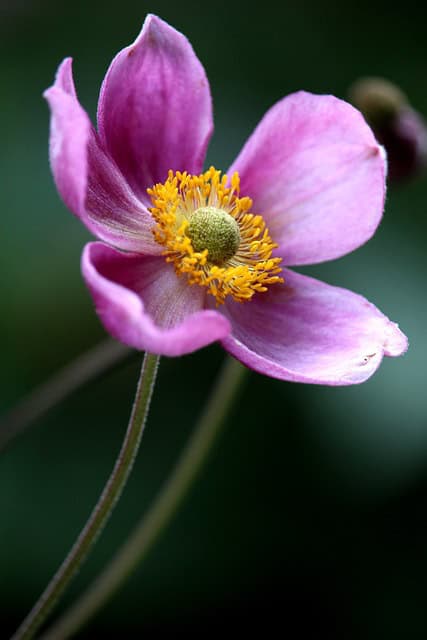
Japanese Anemone is a graceful late-summer bloomer that produces white or pink flowers on tall stems. This perennial thrives in shady spots and can withstand the heat of the late summer sun, putting on a lovely display just when other plants begin to fade.
Care Tips: Requires regular watering without becoming waterlogged; a balanced fertilizer will promote healthy growth.
Geranium macrorrhizum (Bigroot Geranium)
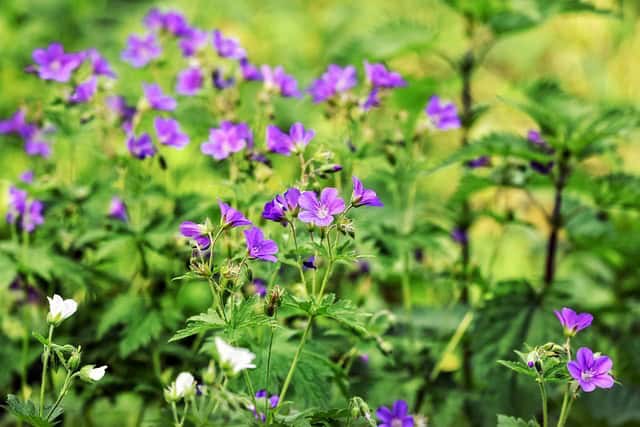
Bigroot Geranium is a hardy perennial with aromatic leaves and clusters of brightly colored flowers. It spreads easily, making it a wonderful ground cover choice for shaded areas where you want to suppress weeds.
Care Tips: Tolerates drought but performs best in consistently moist, well-drained soil.
Alchemilla mollis (Lady’s Mantle)
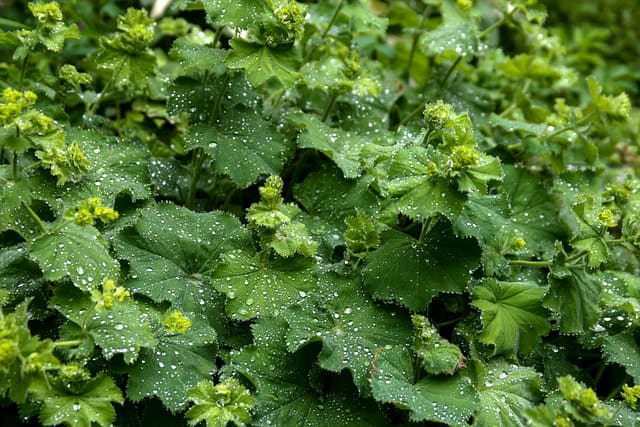
With its lush foliage and delicate, chartreuse blooms, Lady’s Mantle is a delightful addition to shady gardens. The leaves catch raindrops, creating a stunning visual effect that adds to its charm.
Care Tips: Prefers rich soil and benefits from regular watering, though it can handle some drought once established.
Epimedium (Barrenwort)

An excellent ground cover perennial, Epimedium is valued for its heart-shaped foliage and graceful flowers that bloom in spring. It offers a delicate beauty that lightens shady spots while providing a lush carpet of green.
Care Tips: Best suited for dry to moist soils; it’s quite drought-tolerant once established.
Phlox divaricata (Woodland Phlox)
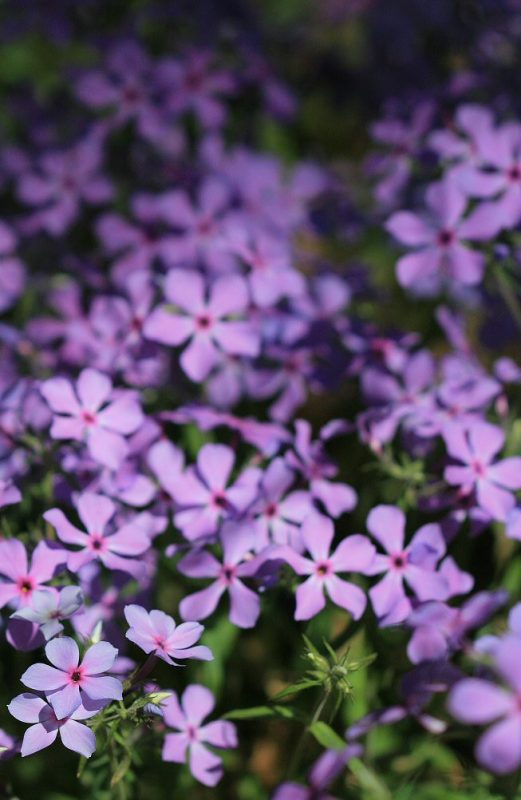
Woodland Phlox is a spring ephemeral that delights with its clusters of small, fragrant flowers in shades of blue and pink. It naturalizes beautifully, providing a lovely ground cover while attracting pollinators like bees and butterflies.
Care Tips: Thrives in rich, well-draining soil and prefers a consistently moist environment to flourish.
Viola (Violets)
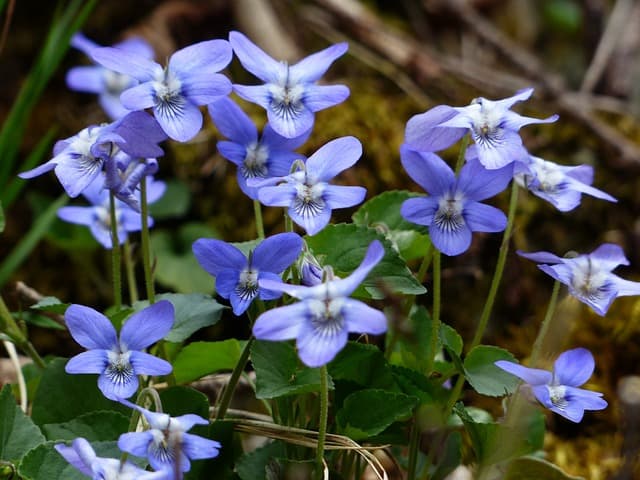
Violas bring cheerful colors to shady spots with their charming, heart-shaped leaves. They can produce vibrant blooms throughout the spring and early summer, creating a picturesque carpet of color in low-light areas.
Care Tips: Regular watering and well-drained soil will support healthy growth and flowering.
Campanula (Bellflower)
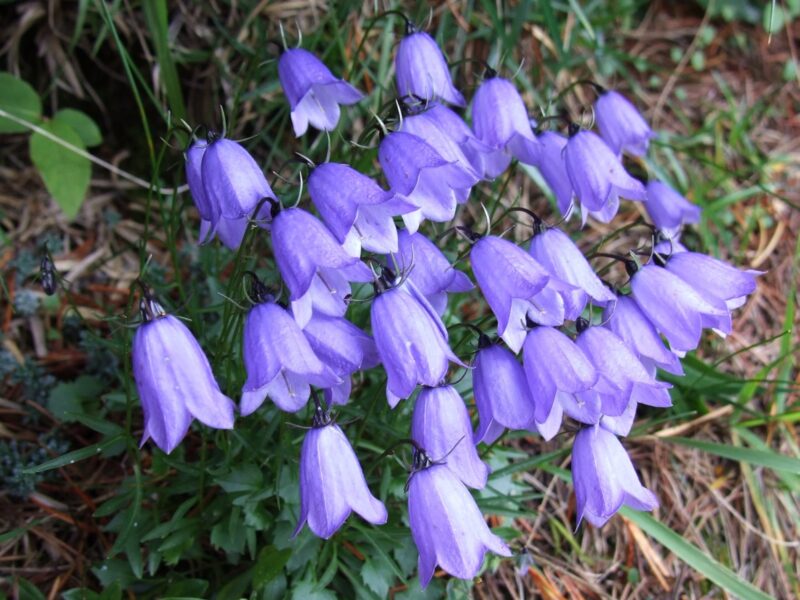
This classic perennial blooms profusely in various shades of blue and lavender, making it a fabulous choice for shady corners. Its bell-shaped flowers create a delightful cascade effect, adding texture and depth to the garden.
Care Tips: Requires well-drained soil and benefits from some periodic pruning to promote bushier growth.
The Importance of Shade Gardening
Shade gardens can serve as a refuge; they offer a cool retreat during hot weather and can provide a tranquil, serene environment. As more homeowners embrace the natural beauty of their landscapes, the demand for shade-tolerant plants continues to grow. Understanding the specific needs of these plants is crucial, as they often require different care compared to sun-loving varieties. By choosing the right perennials, you can transform your shaded areas into vibrant displays of color.
Sun vs. Shade: Understanding Light Conditions
Before diving into the world of shade-loving perennials, it’s essential to understand what “shade” really means in gardening terms. Generally, areas that receive less than four hours of sunlight per day are considered shady. However, there are various types of shade, including:
Partial Shade: Areas that receive filtered sunlight or dappled light, often during part of the day.
Full Shade: Areas that get no direct sunlight; only reflected or ambient light may reach these spots.
Identifying the type of shade in your garden will help guide your plant selections.
Exploring Shade Tolerance in Perennials
When selecting perennials for your shaded areas, it’s crucial to consider their light tolerance and other environmental factors. While some plants prefer consistent moisture and cool temperatures, others are more adaptable to varying conditions.
In the following sections, we’ll delve into a diverse selection of 25 blooming perennials that thrive in shade, detailing their unique characteristics and care requirements.
Directing Your Shade Garden Vision
As you embark on creating your shade garden, consider not only the blooming perennials but also how you can pair them with complementary foliage plants. Mixing textures and colors can elevate the overall design, making your garden more visually attractive.
Additionally, think about incorporating different heights and layering plants to create an engaging depth to the landscape. Varying bloom times can also ensure that there’s always something flowering, providing a feast for the eyes throughout the growing season.


